Michael Outram feared AFP officers would become human shields for Russian-backed forces during MH17 probe
THE man who led the AFP’s recovery of MH17 wreckage in war-torn eastern Ukraine has revealed how the fraught operation was, amid fears his troops would be used as human shields.
Behind the Scenes
Don't miss out on the headlines from Behind the Scenes. Followed categories will be added to My News.
AS he stood on the apron of Tullamarine Airport, Michael Outram physically choked back the tears.
The then Australian Federal Police assistant commissioner is a no-nonsense sort of fellow, a veteran cop of more than 30 years who since joining London’s Metropolitan Police Service in 1980 had seen first-hand everything that is bad.
He’s battled gangs and dealt with murders, strong armed criminals and public order riots, run witness protection programs and co-ordinated large scale fraud cases and major events security and faced down terrorists and their insidious plots.
But here he was in August 2014 at Melbourne Airport as a RAAF C-17 backed up to the doors of a hanger and as it lowered its ramp, he was overcome by emotion.
The first bodies of Australian victims of the downing of Malaysian Airline flight MH17 had returned home, their coffins draped in the Australian flag to be greeted in a small private ceremony by their families, Outram and then Justice Minister Michael Keenan.
MORE: Aussie MH17 family push Russia for answers

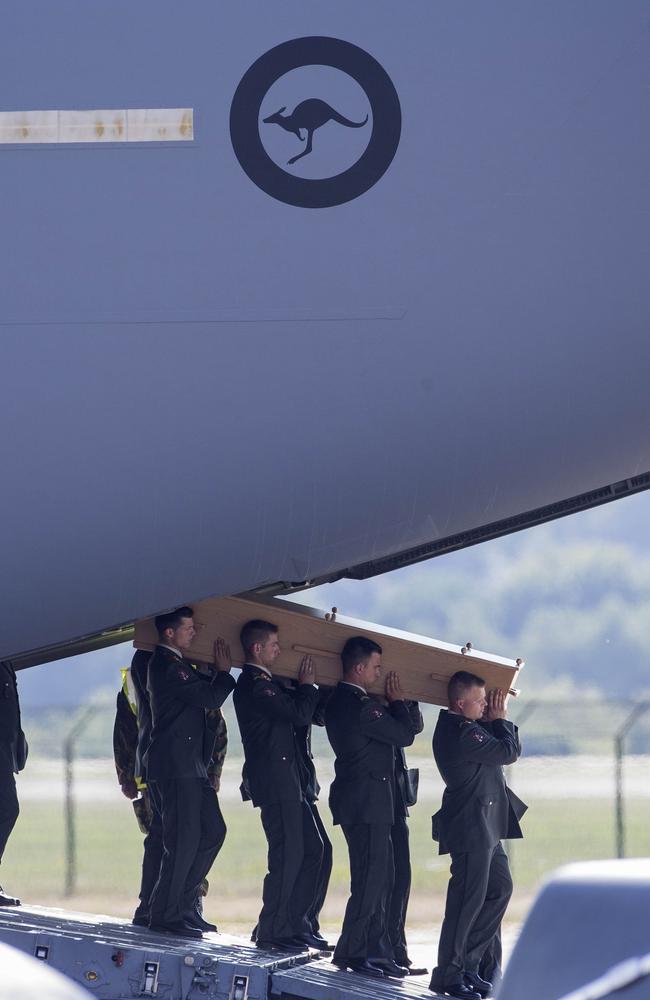
“It was a seminal moment for me, I was fighting back the tears when those coffins came off the C-17 draped in Australian flags and we were there with the Australian families, whom we had spent a bit of time with beforehand,” the British-born law enforcer recalled yesterday.
“It made you realise this is why we are doing this and there were a number of flights after that.”
Speaking at length for the first time about the 2014 tragedy and one of the biggest crimes against Australians, the newly installed Australian Border Force chief has given rare insight into the first few weeks of the MH17 probe including how he deployed 100 heavily-armed police to Europe.
Mr Outram, the then AFP operations commander when the aircraft was downed on July 17, 2014 over east Ukraine, has opened up about the tears and fears he held over the 298 people killed including 38 Australians and also those he deployed to the crash site.

His insight shows how Australia held a genuine fear its war of words with Russia could have led to direct conflict as it attempted to investigate the mass murder case.
His words come on the imminent release of the multinational probe into the downing of the airliner, which a preliminary report has already named Russia as having played a pivotal role with the accidental downing caused by a Buk-Telar missile belonging to the Russian Federation’s Kursk-based 53rd anti aircraft brigade.
His handling of the criminal case as AFP operations commander now also provides some insight into how he will approach his new equally challenging role as the ABF’s new commissioner.
Among his priorities is combating what he sees as a nation awash with drugs, exploitation of foreign workers and slavery and border control; no connections to his tackling a war zone to probe a commercial airline downing but areas that require the same determination and effort to come to grips with.
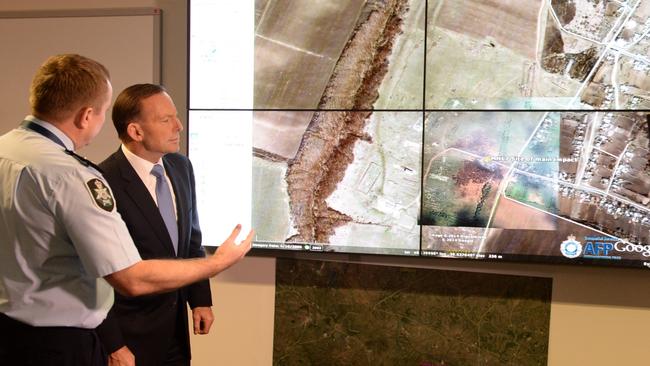
Outram was brought in to the MH17 tragedy as operational commander in the first hour after it was discovered the Netherlands to Malaysia flight had gone down over the restive area of east Ukraine.
In those early moments it was not clear what had happened to the flight but that quickly changed as witness evidence emerged it had been shot out of the sky.
For the first time Australians then began taking an interest in the war that had been raging on the Russian-Ukraine border and the indiscriminate death toll that today is more than 10,000.
“MH17 was a big part of my last five years really, it was a huge undertaking in the first few hours about how we were going to get to the crash site in east Ukraine with half the Soviet Army within 30 miles (48 kilometres),” he said.
“How are we going to recover evidence, how are we going to bring our dead back?
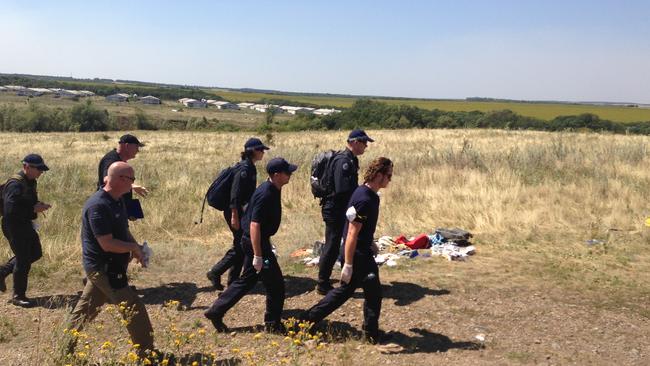
“I sent 100 AFP officers into Europe within the first 48 hours with guns because we just didn’t know what was going to happen. Side arms and long arms, we had all, we had to be kitted up with everything because we didn’t know what to expect.”
What followed was “chaotic”. Sending a fully armed force to Europe through Singapore to transit to the Netherlands with little warning to any other government was difficult.
They were literally sitting on a Singapore Airlines aircraft as frantic transcontinental calls were being made to allow them entry to England in the first instance.
The chaos was almost as difficult as understanding the situation on the ground and whether the arrival of armed foreign troops — albeit police — would be seen as a threat by the Russian-backed separatist forces let alone trying to conduct a criminal investigation in a war zone.
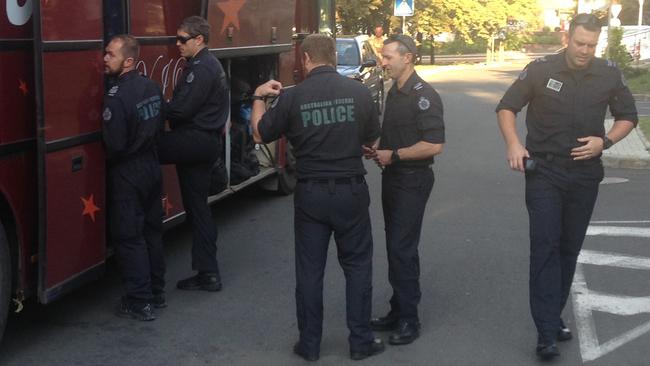
“There was no book to say how you do a body retrieval and forensic examination in a crash site and in a battlefield with the former Soviet Union 30 miles away,” he told News Corp Australia.
“It was so chaotic.
“We just had to risk management minute-by-minute to make sure none of our people got hurt. Our main focus was bringing home the bodies of the Australian passengers but at the same time we were very aware there was a criminal investigation as well and we were trying our best to get evidence from the scene and we were very much in cahoots with the Dutch because they collected the Black Box.”
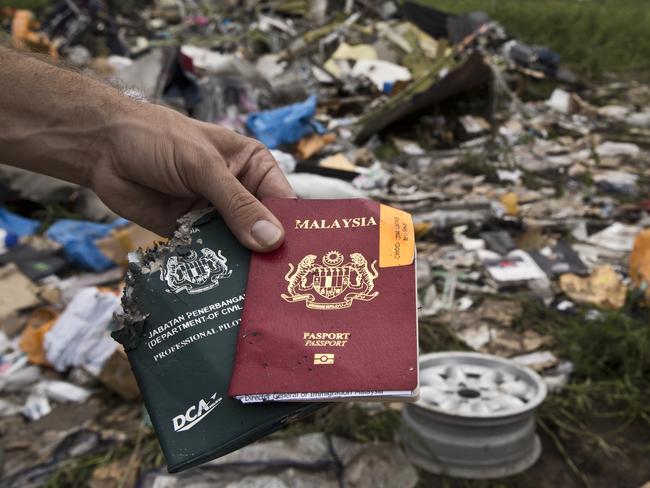
The British also played a critical role, allowing the AFP to store their weapons at a secure warehouse within proximity to Heathrow Airport to deploy to the Ukraine once diplomatic channels had been smoothed.
It was about having and maintaining relationships, something he feels strongly about today in his crime fighting rule book.
“Getting to the crash site for our officers was difficult. We made many attempts to get through and we couldn’t and we had to go back to the north and get there from there. But we couldn’t get in from (rebel held) Donetsk because they wouldn’t stop bombing each other. Because they were bombing the airport. It was raining mortar fire, attacking the airport. I was worried our guys were going to be held captive in Donetsk as human shields; that didn’t happen and we got them out safely of course.”
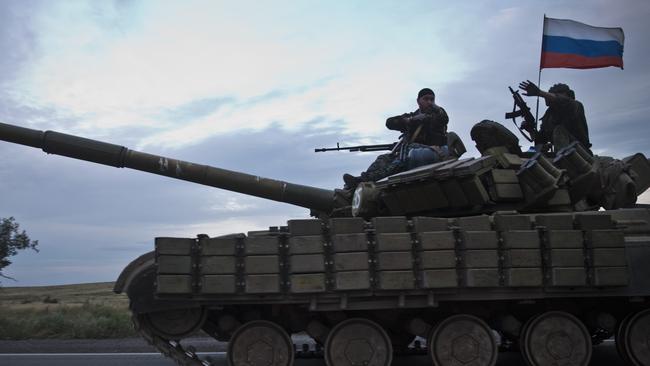
He said his officers were held at a checkpoint just 2km away from the frontline and he was briefing the Australian Government’s National Security Committee everyday about the operation while the war raged between trigger-happy Russian-backed rebels and Ukraine troops.
“In the end common sense prevailed and we got our officers into the crash site without firearms which is appropriate for that environment because we didn’t want to cause any trigger-happy people to get nervous,” he said.
The AFP squad was eventually able to enter the conflict zone, unarmed, under a hastily agreed ceasefire and bodies were retrieved, identified and repatriated to their home countries.
That was the result of days merging into weeks of sleepless nights, endless phone calls and calling-in favours. He gives credit to his officers on the ground too for their tenacity under immense pressure.

It was also a test of patience, perseverance, determination and leadership, some of the accolades referenced by Home Affairs Minister Peter Dutton in appointing Outram to the challenging role of ABF commissioner last month.
The force had been effectively leaderless from between May 2017 to February 2018 after the forced leave of commissioner Roman Quaedvlieg pending a probe into alleged impropriety.
The 54-year-old Outram, who had been the acting boss during this time, said much had been put in place to tackle the nation’s priorities including illegal and legal narcotics.
He said this and modern slavery were his priorities for his tenure.
“We are still awash with narcotics in Australia, our communities have an insatiable appetite and you read the Australian Criminal Intelligence Commission water waste analysis report to tell you there’s eight tonnes of amphetamines being consumed a year, x tonne of cocaine, x tonne of heroin … you look at those increases and numbers going through our border, the challenge is how do we support the broader fight against organised crime in narcotics trafficking.”
He said that support would come from greater intelligence data use and the creation of Home Affairs had opened the door to more intel access particularly of activity in Mexico, the Mekong, Africa and South America.
Seizures were at record highs, of both illicit substances and illegal items including tobacco and legal opioids such as fentanyl, but he said he recognised that almost meant probable record highs of drugs and substances still coming in undetected. For that, maximum efforts are being made at ports, both air and sea, and intel-based targeted operations particularly at postal points.
Illegal immigration was also to be a priority.
“It’s an exciting role, a real privilege and honour to have this role and with my leadership team we will do everything we can (for Australia),” he said.


